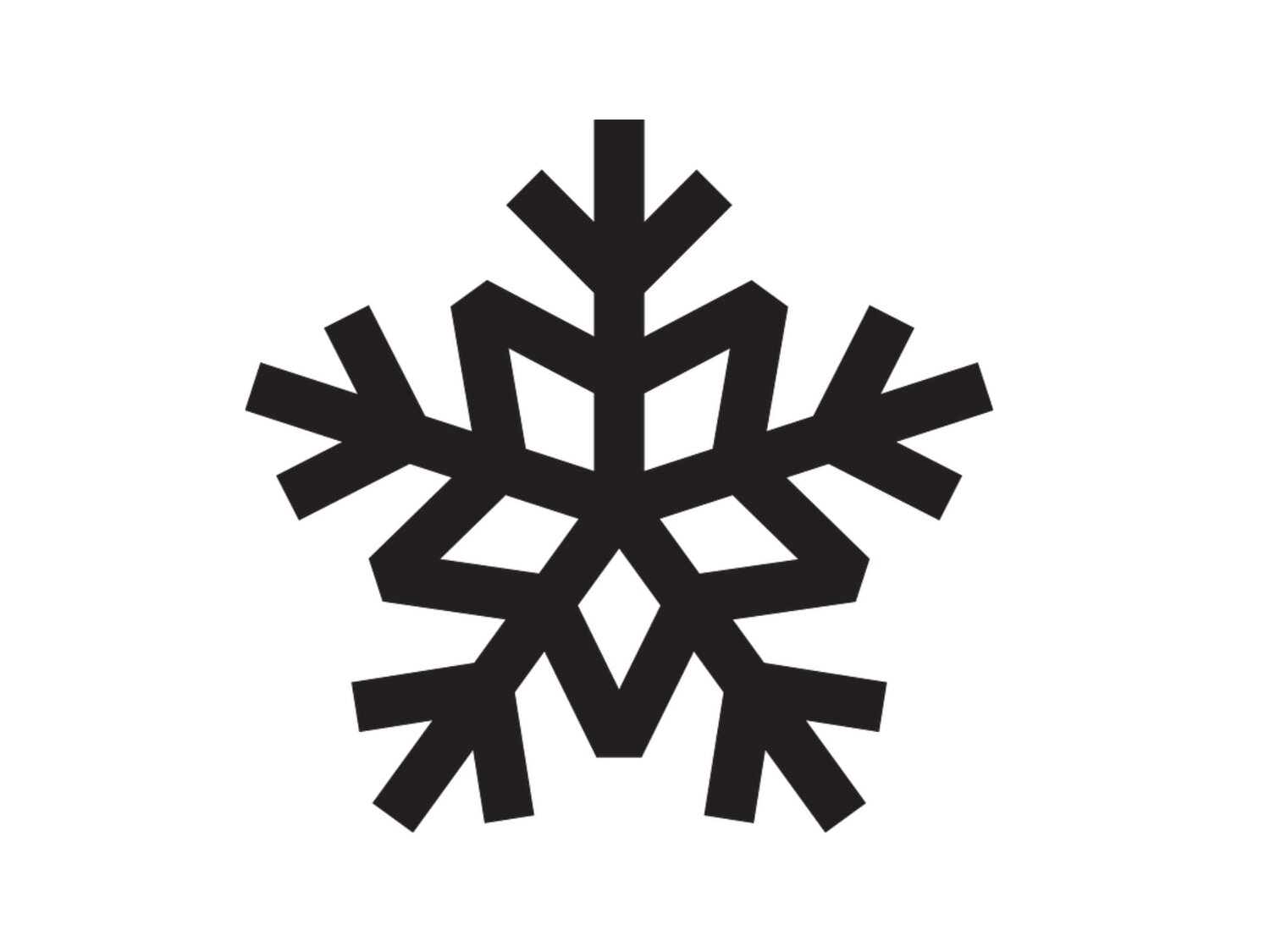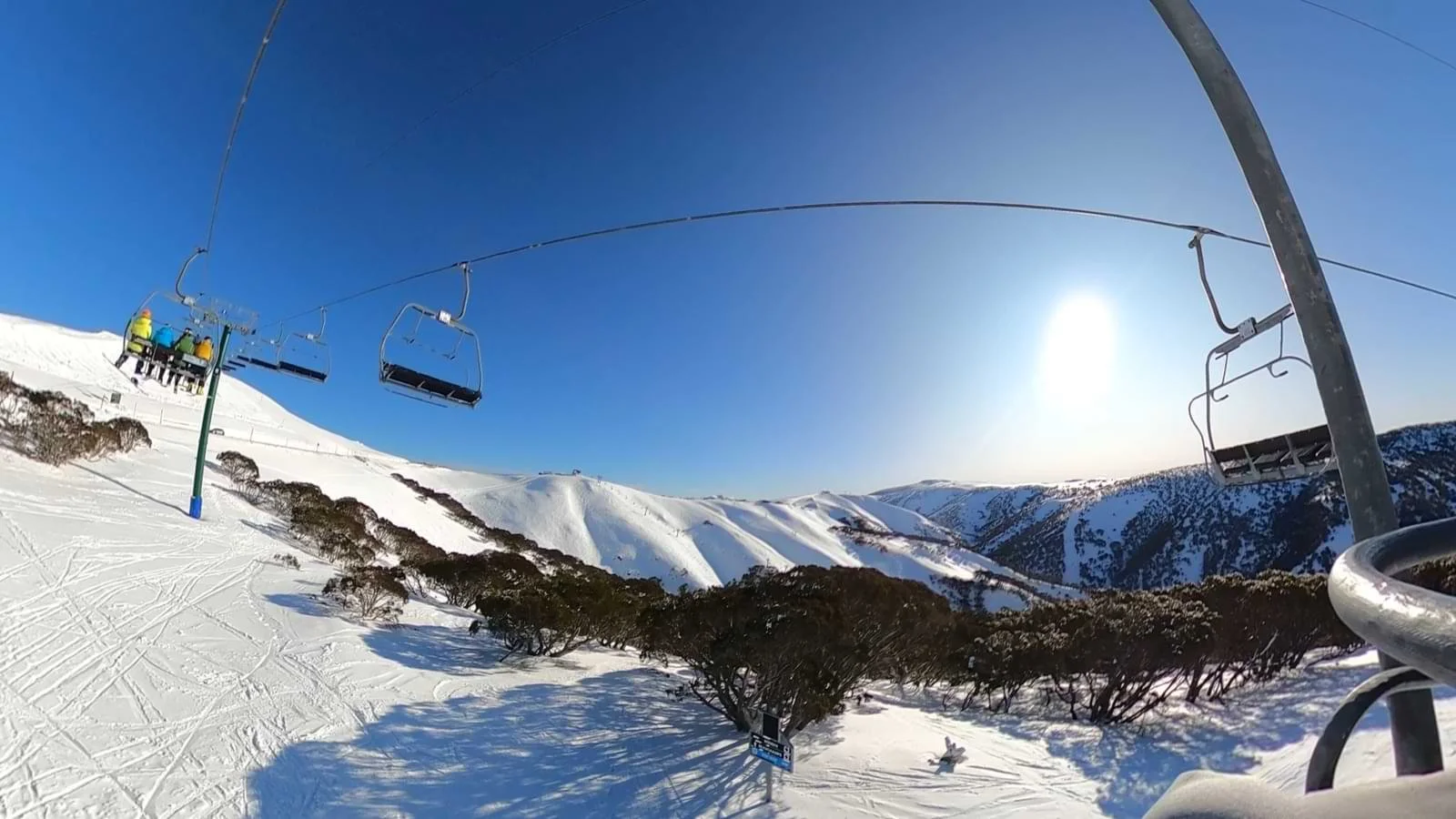Breaking Records: US Ski Industry Celebrates 64.7 Million Skiers in 22/23 Season
US Ski Industry Celebrates Record Visitation in 2022-23 Season: 64.7 Million Skiers Hit the Slopes, Signalling a Thriving Outdoor Recreation Demand
The ski industry in the United States has achieved a remarkable milestone in the 2022-23 season, reporting record-breaking visitation numbers. The National Ski Areas Association (NSAA), which has been diligently tracking skier visits since the 1978-79 season, has released data showcasing a remarkable surge in popularity. This article will delve into the significance of these figures, regional impacts, the role of snowfall, capital investments, the dominance of season passes, staffing improvements, and future development plans.
The Key Indicator of Skier Visits:
Skier visits serve as a crucial performance indicator for the ski industry, offering insights into its health and the demand for outdoor recreational activities. Notably, two consecutive seasons of record visitation indicate a thriving industry and a strong appetite for snow sports. Several factors have contributed to this record-breaking season, including favourable snow conditions in the Rockies and Pacific Southwest regions, the availability of diverse season passes and frequency products, and an increased desire among lapsed skiers to embrace outdoor activities following the pandemic. It is also worth mentioning that the number of operating ski areas increased from 473 to 481, providing further evidence of industry growth.
Regional Impacts:
NSAA divides the country into six regions, with two regions experiencing record-breaking skier visits. The Rocky Mountain region, for the second consecutive season, registered the highest number of skier visits, totaling an impressive 27.9 million. Similarly, the Pacific Northwest region recorded its best year to date, with 4.5 million skier visits. The Northeast and Pacific Southwest regions also witnessed an increase in visitation, with the latter achieving its third-best year on record. Only the Southeast and Midwest regions reported minor decreases in skier visits compared to the previous season.
The Influence of Snowfall:
Historically, skier visit numbers have been linked to snowfall, with ample snowfall attracting more visitors to the slopes. This season continued the trend, as record snowfall in western ski areas played a significant role in driving visitation, despite occasional weather-related travel challenges. Nationally, ski areas received an average snowfall of 224 inches, representing a 30% increase compared to the ten-year average of 173 inches. Consequently, the ski season's average length extended by six days, totaling 116 days compared to the previous season.
A chairlift which is completely buried at Mammoth Mountain Resort. Credit: @petermorning
Dominance of Season Passes:
For the fourth consecutive season, season passes have surpassed day tickets as the preferred option among skiers, constituting 50% of all visits nationwide. Standard day lift tickets accounted for 33% of visits, while the remaining visits were attributed to frequency products, off-duty employees, and complementary products. This sustained trend showcases the appeal and value that season passes offer to skiers.
Capital Investment and Infrastructure:
In a testament to the industry's growth, ski areas collectively invested a record-breaking $812.4 million in capital expenditures during the 2022-23 season. The majority of these funds were allocated to lift infrastructure, resulting in the installation of 63 new lifts and the upgrading of 86 existing ones across the country. Remarkably, ski areas reinvested an average of nearly $26 per skier visit back into their operations, representing a substantial increase compared to the previous three-season average of $15.
The base to base gondola is one of the largest lift investments to open during the 22/23 winter season. Credit: SnowStash
Staffing and Workforce Recovery:
The ski industry is gradually overcoming the staffing challenges faced during the previous season, with only 60% of ski areas reporting understaffing, a notable improvement from 81% last year. Additionally, the average number of unfilled positions decreased from 72 to 39 this season. Ski area wages also experienced a significant 18% increase compared to the 2021-22 season, surpassing the national average of 4.6%. To address staffing concerns, approximately half of all ski areas have expressed plans to enhance their workforce housing capacity, indicating a commitment to ensuring a well-supported and efficient operation in the seasons to come.
Future Outlook and Development:
The remarkable visitation numbers, coupled with the industry's robust capital investments and positive trends in season pass usage, bode well for the future of the US ski industry. The sustained growth and increasing popularity of snow sports highlight the enduring appeal of these outdoor activities. Ski areas are continuously striving to enhance the overall experience for skiers, focusing on both infrastructure upgrades and initiatives to attract and retain a skilled workforce.
As the ski industry moves forward, it is vital to maintain the delicate balance between meeting the growing demand for outdoor recreation and preserving the natural environment. Ski resorts are increasingly adopting sustainable practices, such as investing in renewable energy sources, implementing waste reduction programs, and prioritizing conservation efforts. These endeavours aim to ensure the long-term viability of skiing as a recreational activity while preserving the breathtaking mountain landscapes for generations to come.
Conclusion:
The US ski industry has achieved an impressive feat with record-breaking visitation in the 2022-23 season. The data not only underscores the industry's vitality and resilience but also highlights the enduring appeal of skiing and snowboarding as recreational pursuits. Factors such as favorable snow conditions, diverse season pass options, and the return of lapsed skiers have contributed to this momentous achievement. As ski areas continue to invest in infrastructure, embrace sustainable practices, and adapt to evolving trends, the future of the ski industry appears bright. The surge in visitation serves as a testament to the enduring love for snow sports and the timeless allure of the mountains. With careful planning and continued commitment to providing exceptional experiences for skiers, the US ski industry is poised to thrive and captivate the hearts of countless outdoor enthusiasts in the years to come.
Want to stay up to date with all the news we find interesting? Make sure you follow us on our socials where we post all the latest updates.
Related Articles








